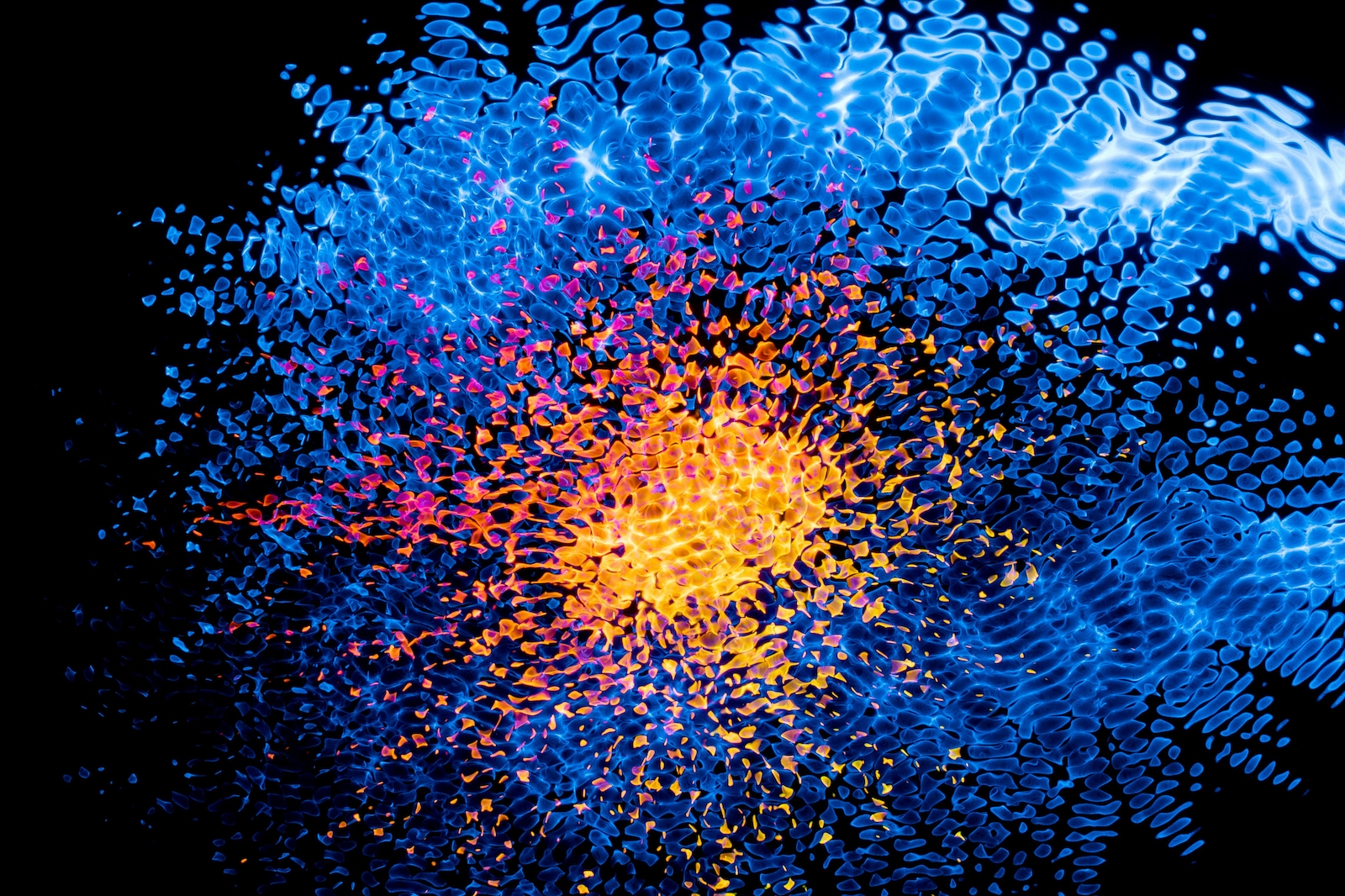
Science
A Non-Algorithmic Blueprint for a Final Theory
Mir Faizal, Lawrence M. Krauss, Arshid Shabir, and Francesco Marino have a new paper in the Journal of Holography Applications in Physics proposing not a Theory of Everything (ToE) but a scaffold for one—a way to think about what a “final theory” must look like. The pitch is modest and radical at once: don’t assume spacetime; make it.
The paper outlines constraints and expectations for any ultimate framework that could generate, rather than merely presuppose, the fabric of reality. (To be clear: this is not itself a ToE or a Grand Unified Theory. It’s a blueprint for the possible structure of a final theory.)
In that blueprint, spacetime and quantum fields are not fundamental ingredients; they are emergent phenomena produced by deeper rules. How deep those rules run—and which candidate theory best instantiates them—remains an open question. But the starting assumption is crisp: treat quantum gravity as the basal layer from which both spacetime and fields arise.
From there, the authors make a bracing move. They reject John Wheeler’s “It from Bit”—the idea that the universe is, at bottom, pure computation. That dismissal doesn’t just tweak one philosophical slogan; it challenges a whole family of frameworks that try to make computation foundational. If the universe’s ground floor isn’t algorithmic, then many simulation-flavored pictures of reality are in trouble.
The authors instead insist that any viable quantum-gravity theory can be cast as an effectively axiomatized formal system: a recursively enumerable set of axioms with computable inference rules. Within that system, spacetime and fields are derived constructs. And because the proposal interfaces with the classic results of Gödel, Tarski, and Chaitin, it carries a striking meta-mathematical moral.
Gödel showed that any consistent formal system rich enough for arithmetic contains true statements unprovable within that system. Tarski showed that a system cannot internally define its own truth predicate; “truth” requires a metalanguage. Chaitin demonstrated that some mathematical facts are true for reasons too complex to be compressed into proofs. Together, these results sketch a boundary: algorithms can systematize much, but not all, of mathematical—and by analogy, physical—truth.
If a prospective ToE is formal, consistent, and arithmetically expressive, then Gödel-Tarski-Chaitin implies it cannot capture every truth via computation alone. The authors’ response is to build in an “external” truth predicate—an explicit acknowledgment that some truths outrun the computable core. That move yields a layered explanatory stack: a non-algorithmic stratum that licenses truth, a computable layer where quantum-gravity laws operate, and, on top, emergent spacetime and matter.
Science, in this vision, doesn’t abandon computation; it subordinates it. The first step—grounding truth—cannot be reduced to algorithms, but once granted, it enables algorithmic physics to run. And because simulations are, by definition, algorithmic, a universe rooted in a non-algorithmic layer is not itself a simulation. The paper leaves aside exotic “hypercomputation,” focusing instead on what current logic already tells us: any all-encompassing formalism needs a vantage point beyond its own rules.
The bet here is philosophical but testable in spirit. If the deepest theory makes spacetime and fields emerge from rules that are not purely computational, then certain expectations follow—for example, constraints on what an ultimate algorithmic description could predict or compress. The authors are not claiming victory for a final theory; they’re trying to set the playing field. Sometimes, to finish the puzzle, you first have to redraw the border of the box.
